Induction Sealing
The induction sealing process allows containers to be sealed without the use of bands and plastics. This is unlike traditional glass sealing practices. The use of induction sealing has revolutionized packaging as it solved the issue that many manufacturers used to face when it came to sealing their goods.
In the past, manufacturers and distributors had a difficult time trying to package oils, seasonings and various liquids as they, more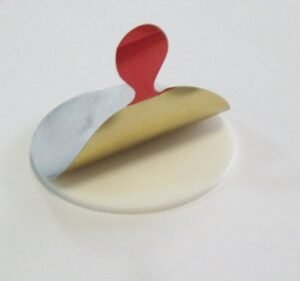 often than not, ended up leaking during transport. With the advent of two-piece liner induction seals, even these notorious products can now be packaged without worrying about the integrity of the seals.
often than not, ended up leaking during transport. With the advent of two-piece liner induction seals, even these notorious products can now be packaged without worrying about the integrity of the seals.
The Cap Lining Process
The process of packaging goods begins with the container caps. The caps are supplied with induction liners. On the production line, the containers are filled and capped. The capped container travels through the conveyor and ends up below the appropriate induction sealing head. This sealing head generates an electromagnetic field that penetrates the cap and the induction sealing foil layer within. The electric current produced will melt the sealing film in the liner. Once the foil has cooled down, the heated sealing film will form a strong bond to the mouth of the container, staying there until the consumer removes the induction liner.
Cap Liner Types
There are generally two types of cap liners. These two categories are differentiated by their components and the subsequent functions they serve.
All cap liners function to keep the contents of the container fresh by serving as a barrier against moisture and oxygen level fluctuations. The induction sealing foils can also be used as tamper evidence for the consumer’s safety. However, even if liners in general serve these purposes, it is still important to know which type of liner to use for your product.
One-piece cap liners are designed to be adequate freshness seals up until the packaging is opened and the liner removed and discarded. Generally, these types of induction seal liners are for one-use types of products, such as those contained in smaller bottles and products which need to be used up soon after opening.
Two-piece cap liners also provide a freshness seal and tamper evidence, but unlike the one-piece type, these liners leave a portion of the liner material within the cap. This means that even though part of the liner is removed once the packaging is opened, the product can still be resealed and kept fresh even after multiple uses. This type of induction seal is useful for bigger containers and when the consumer is expected to use the product for a longer period of time.
The SealerOn™ Basic Induction Machine Range
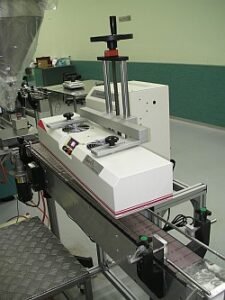 Cap liners only work when they are induction sealed onto the container mouths. Consumers expect a perfect seal each time they purchase and open a product; even one failure can lead to consumer distrust towards the manufacturer. As such, the cap lining process must be conducted by reliable machinery which can promise accuracy and precision each and every time.
Cap liners only work when they are induction sealed onto the container mouths. Consumers expect a perfect seal each time they purchase and open a product; even one failure can lead to consumer distrust towards the manufacturer. As such, the cap lining process must be conducted by reliable machinery which can promise accuracy and precision each and every time.
The SealerOn™ Basic Induction Machine Range boasts equipment that can meet your induction sealing needs without breaking the bank. The machines achieve optimal machine value, reliability and European Compliance while still being a good entry-level induction sealing machine.
Some features of the machinery include:
- Air cooling system
- Simple controls
- Semi-automatic induction sealing option
- Capless semi-automatic induction sealing option
- Mid-level automatic induction sealing option
- Emergency stop function (available for mid-level units)
Benefel Pty Ltd and Adeneli Packaging
Our teams at Benefel Pty Ltd. and Adeneli Packaging can help you with your induction sealing needs. Our experts are on standby to take your calls and chats. Whatever product you may have, we have the perfect liner material for you. Product consultation is free and we are happy to develop partnerships with our customers by supplying consumable products that work well with packaging machinery.



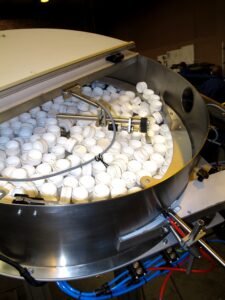
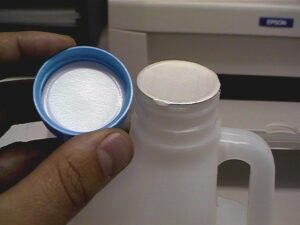
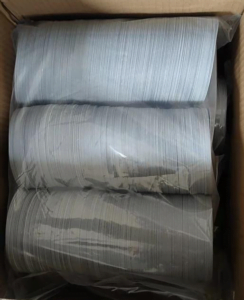
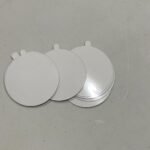
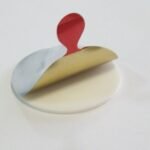
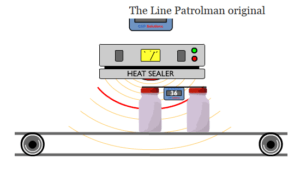



Follow Us